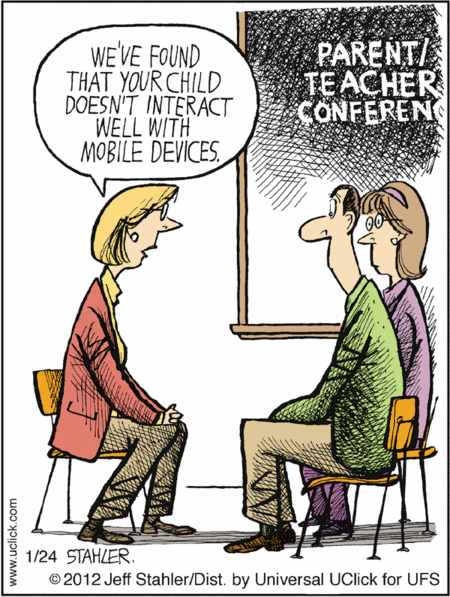Louisiana’s VAM: Quantitative Bungling on Display
This post is about value-added assessment (VAA), also called value-added modeling (VAM). I saw that Louisiana’s “father of VAM,” LSU psychology professor, George Noell, and others, had recently published a VAM reflection related to VAM usage on Louisiana’s teacher preparation programs (TPPs), entitled, “Linking Student Achievement to Teacher Preparation: Emergent Challenges of in Implementing Value Added Assessment,” and I just had to write about it.
(You can read the article for free by signing up for a 14-day trial here; meanwhile, I have contacted the publisher for permission to link to full article. Stay tuned.)
Notice that Noell’s et al. title includes the carefully-selected term, “linking,” because it is a tricky game to establish that VAM proves causation and not just correlation. However, the big buzz about VAM usage in education is that VAM is often reverently consulted in decisions about the professional fates of teachers, schools, and TPPs.
VAM is used to judge, and in those judgments, the judges assume that the teacher, or the school, or the teacher prep program “caused” some associated VAM score. If the VAM score is deemed pleasing, then good for you, teacher, school, or TPP.
If not, well, you better fix whatever needs fixing (though VAM is not precise enough to inform on this point) or you could be *correlated* right out of professional existence.
The first piece I wrote as a public education advocate was this 2012 “VAM Explanation for Legislators.” I did so at the behest of a fellow Louisiana teacher and advocate, who asked if I would write something that our Louisiana legislators could understand, “on the eighth-grade level.”
Not sure if I hit the appropriate grade-level readability, but I did rip the erratic CONTINUE READING: Louisiana’s VAM: Quantitative Bungling on Display | deutsch29

























